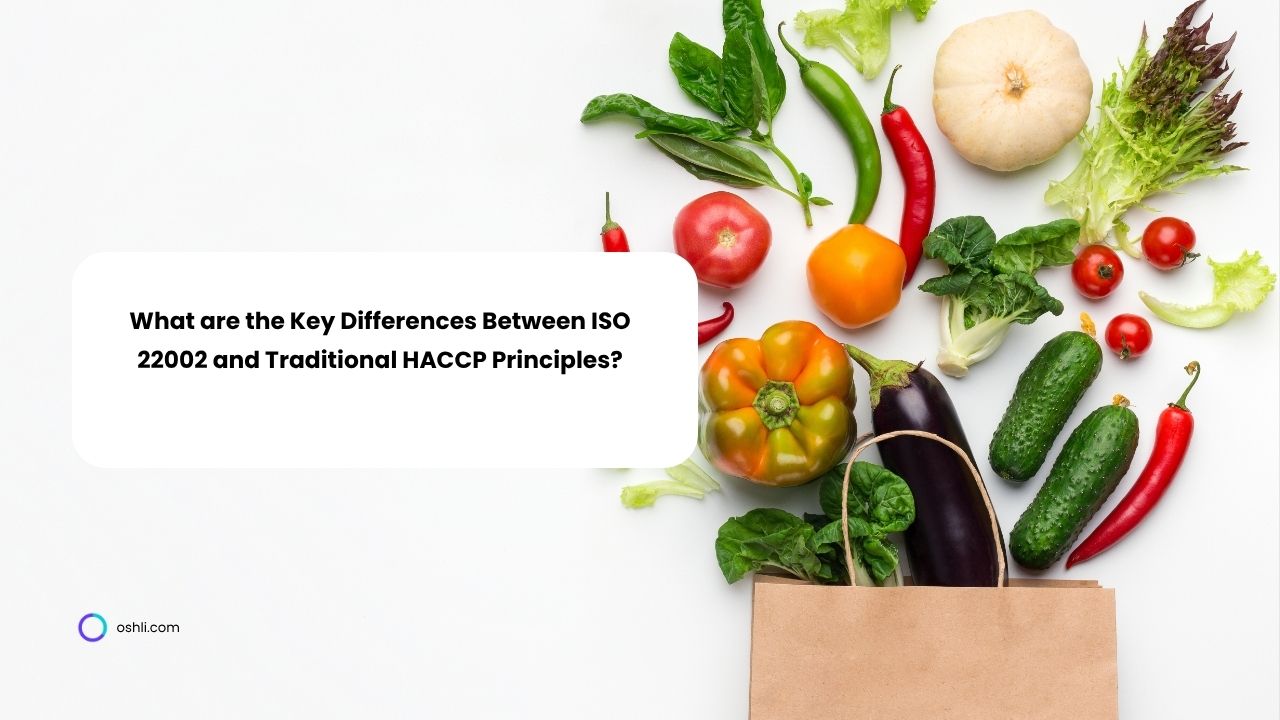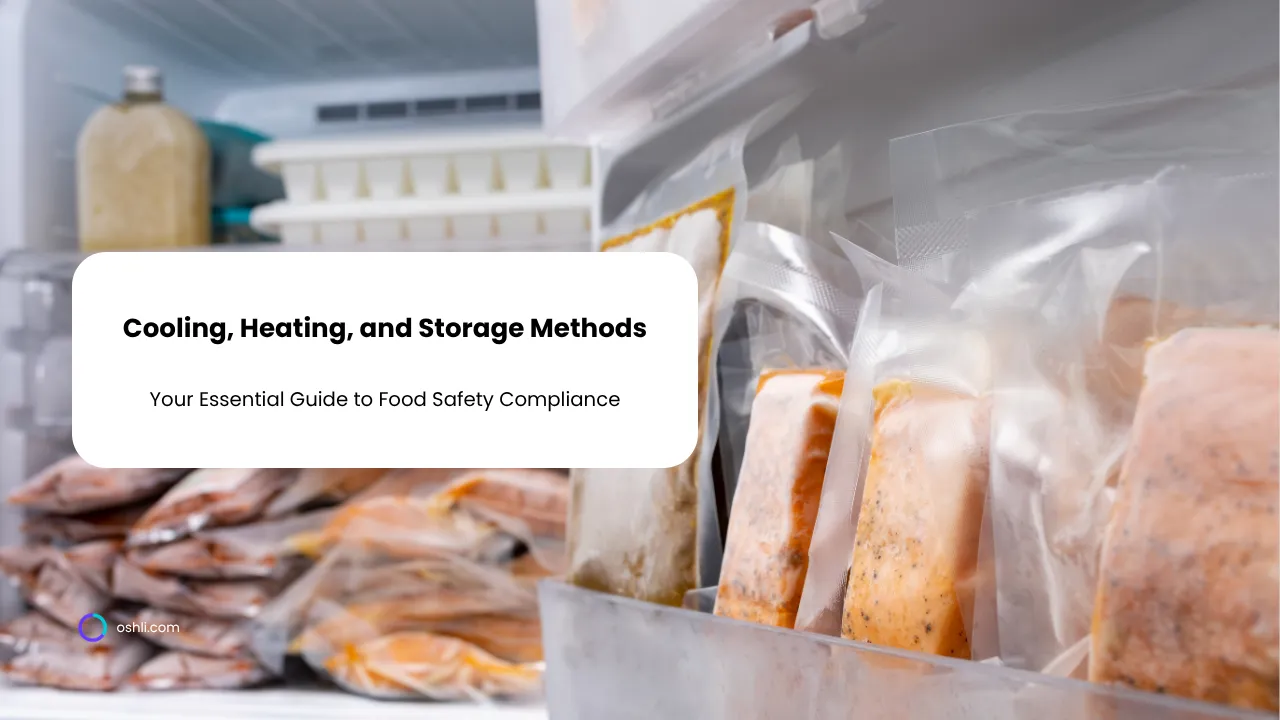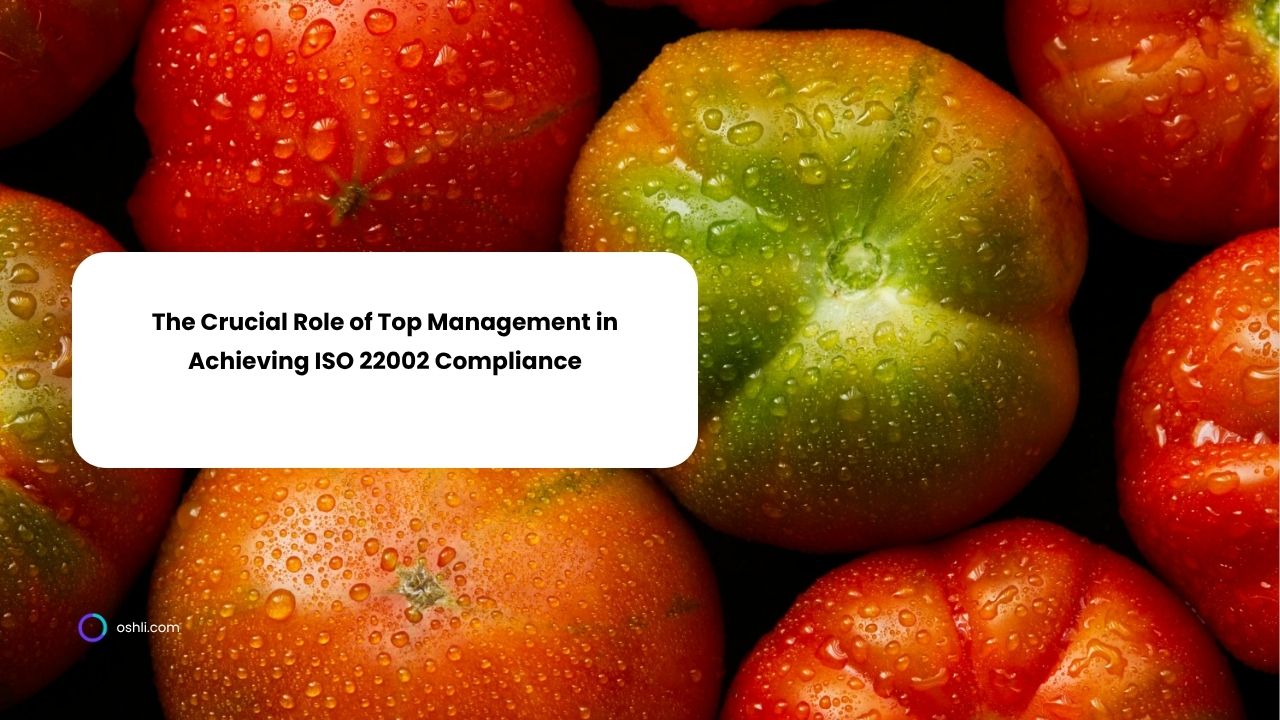
What are the Key Differences Between ISO 22002 and Traditional HACCP Principles?
Hello, food safety enthusiasts! If you're navigating the complex world of food safety standards, you've likely encountered HACCP and ISO 22002. Both are pillars in ensuring safe, high-quality food production, but they serve distinct roles. In this article, we'll explore the key differences between ISO 22002 and traditional HACCP principles, helping you choose the right approach for your operations. Whether you're in manufacturing, retail, or distribution, understanding these distinctions can streamline compliance and boost efficiency.
A Quick Refresher: What is HACCP?
HACCP, or Hazard Analysis and Critical Control Points, is a systematic preventive approach to food safety. Developed in the 1960s by NASA and Pillsbury, it focuses on identifying potential biological, chemical, and physical hazards in the food production process. The seven core principles include conducting a hazard analysis, determining critical control points (CCPs), establishing monitoring procedures, corrective actions, verification, and record-keeping. HACCP is reactive in nature, zeroing in on specific risks at key stages to prevent contamination. It's widely adopted globally and forms the backbone of many regulations, like those from the FDA and EU.
Keywords for SEO: HACCP principles, food safety HACCP, HACCP implementation.
Enter ISO 22002: Prerequisite Programs for Food Safety
ISO 22002, part of the ISO 22000 family, outlines Prerequisite Programs (PRPs) essential for food safety management systems. Unlike HACCP's targeted hazard control, ISO 22002 emphasizes foundational hygiene and operational controls across the supply chain. It covers areas like layout, utilities, waste disposal, pest control, and personnel hygiene. Updated in 2025, it integrates modern elements like traceability tech and sustainability. ISO 22002 supports ISO 22000 by ensuring a robust base before applying HACCP-like plans.
Keywords: ISO 22002 standards, prerequisite programs food safety, ISO 22002 2025.
Key Differences: ISO 22002 vs HACCP
-
Scope and Focus: HACCP is narrow, targeting specific hazards and CCPs in production. ISO 22002 is broader, addressing general PRPs that create a safe environment for the entire facility and supply chain. Think of HACCP as the 'surgical strike' on risks, while ISO 22002 builds the 'fortress' around your operations.
-
Structure and Integration: Traditional HACCP stands alone as a plan. ISO 22002 integrates with ISO 22000's management system, including Operational PRPs (OPRPs) that bridge PRPs and HACCP. This holistic approach aligns with global standards like GFSI, making audits smoother.
-
Implementation Flexibility: HACCP requires rigid CCP monitoring. ISO 22002 offers adaptable guidelines for diverse sectors (e.g., manufacturing, packaging), incorporating emerging tech like AI for predictive controls.
-
Certification and Compliance: HACCP is often mandatory but not certifiable independently. ISO 22002 certification signals commitment to international best practices, enhancing market access and consumer trust.
-
Evolution and Updates: HACCP principles are static since Codex Alimentarius. ISO 22002 evolves, with the 2025 version emphasizing resilience against disruptions like climate impacts.
Keywords: ISO 22002 vs HACCP, differences HACCP ISO 22002, food safety standards comparison.
Why It Matters: Choosing the Right Path
Both standards complement each other—HACCP thrives on ISO 22002's strong PRPs. For small operations, start with HACCP for quick wins. Larger enterprises benefit from ISO 22002's comprehensive framework, reducing recalls by up to 30% through proactive measures.
In summary, while HACCP excels in hazard-specific control, ISO 22002 provides the essential groundwork for a resilient food safety system. Ready to upgrade? Consult experts to tailor these to your needs.
Stay safe and compliant—your journey in food safety just got clearer!
Join our newsletter!
Enter your email to receive our latest news.
Don't worry, we don't spam
Related Articles

Guide to Developing a Professional Checklist for ISO 45001 Diagnostic Audits
The ISO 45001 standard establishes a framework for Occupational Health and Safety Management Systems (OHSMS), aiming to enhance employee safety, reduce workplace risks, and create safer working conditions. A diagnostic audit aligned with ISO 45001 is a proactive approach that allows organizations to assess current compliance, identify weaknesses, and prioritize improvements. Central to this process is a professionally structured checklist that ensures consistency, accuracy, and depth in audit execution.

Cooling, Heating, and Storage Methods: Your Essential Guide
Discover how to create a cooling, heating, and storage methods template to ensure food safety, meet compliance, and optimize temperature control with free templates.

The Crucial Role of Top Management in Achieving ISO 22002 Compliance
Explore how top management's leadership drives ISO 22002 compliance, ensuring robust food safety management through commitment, policy, and oversight.


